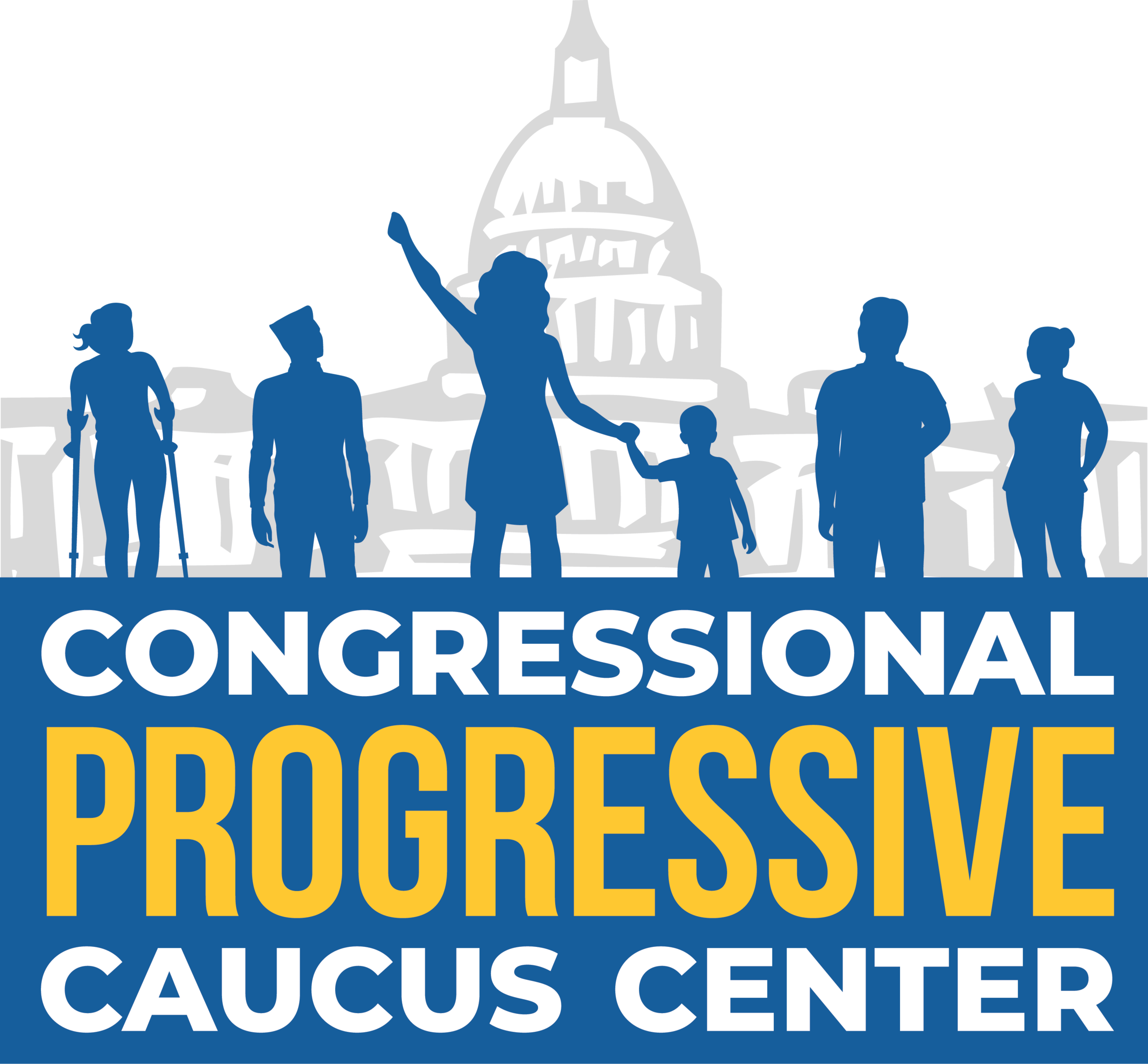February 4, 2025: Congress’ Chances to Stymie the Trump/Musk Power Grab
Welcome to Unrig the Rules! For our new subscribers: I publish this newsletter on an ad hoc basis to share quick updates and analysis regarding what’s happening on Capitol Hill.
Over the last week, President Trump and Elon Musk—a megadonor who, with no real government position, is unconstrained by any accountability mechanisms—have worked to illegally reshape government to suit their interests, including by wrestling power from the people’s elected representatives in Congress. This included cutting off federal funding for health care, preschool, meals for seniors, and much more before a court intervened.
I won’t speculate as to how the legal challenges to this power grab might conclude, nor will I get into Musk’s massive conflicts of interest and opportunities to enrich himself from this perch. I will break down some of the key moments coming up in Congress that give lawmakers an opportunity to check the new Administration—and, accordingly, protect the public.
Congress must pass a new government funding bill by March 14
Congress must pass a new funding bill to keep the government open past March 14. While they could approve another short-term patch (a continuing resolution, or CR), they cannot kick the can indefinitely: the Fiscal Responsibility Act imposes new spending caps if a CR remains in place past April 30. Here’s a refresher on that April 30 deadline and its implications.
Despite holding majorities in the House and Senate, Republicans have shown repeatedly that they cannot keep the government open without Democratic votes. Accordingly, Democratic congressional leaders have said they’ll insist that any government funding bill forestall another Trump attempt to shut down services families depend on.
Exactly what protections Democrats might demand isn’t yet clear, but this funding fight is likely the next big battleground for avoiding more chaos for federal programs and the people they serve.
Congress must suspend the debt ceiling by TBD (Spring or Summer)
A quick backgrounder: for over 80 years, Congress has placed a cap on the total debt the federal government can take on, known as the “debt ceiling.” Since its genesis in 1939, Congress has altered that limit hundreds of times to ensure the United States does not “default” on—that is, fail to pay—its debts and trigger an economic crisis.
The Treasury Department is already using “extraordinary measures” to avoid hitting the debt limit but will exhaust those measures in the coming months. At that point, Congress must raise the debt ceiling to a higher dollar amount or suspend it until a later date. While there’s an argument that the President can avoid default without Congress, this has never been done—so, testing this theory could bring about unforeseen and harmful consequences for the economy and working families. Sticking with past practice—congressional action—is the safer choice.
It’s worth noting that President Trump has called for eliminating the debt limit entirely—why? Perhaps because its continued existence gives Democrats in Congress another leverage point.
House Republicans have a three-seat majority. That’ll shrink to two seats soon if/when Rep. Elise Stefanik (R-NY) is confirmed to the cabinet. Yet 49 House Republicans have never voted to raise the debt limit, and a failed House vote last year demonstrated that GOP members are willing to buck President Trump on this issue. The Senate faces a similar math problem.
This means staving off default is likely impossible without Democratic votes—and key Democratic members have already hinted they’ll insist on concessions in exchange for those votes. Again, I can’t speculate as to the exact demands Democrats might make. Suffice to say, this will be another big moment to watch as the President and Musk’s campaign to dismantle programs people depend on continues.
Tl;dr: thwarting the Administration’s attacks on people’s health care, seniors’ meals, veterans’ housing, and the many other supports families depend on is not impossible. Congress will have opportunities to assert itself and protect communities. Stay tuned.
To get our quick analysis as these big moments approach, sign up for future Unrig the Rules updates here! ICYMI, here are our latest pieces on the last two weeks’ events:
January 31, 2025: Figuring Out Funding “Freezes” and Forecasting What’s Next
January 29, 2025: What to Watch Next as Federal Program Freeze Heads to Court
January 22, 2025: Unpacking Impoundment: What We Know & What We Don’t
January 21, 2025: What We Can Learn from House Republicans’ Reconciliation Menu
If you’d like a live update for your group or coalition, reach out to catherine@progressivecaucuscenter.org. Thanks!

